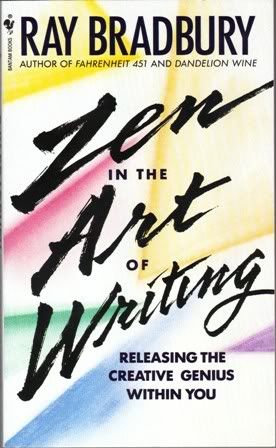Spent the morning with Orla Mackey's 4th and 5th Split class (or should that be combined class?) It was a treat. I was greeted with a beautiful rendition of Siyahamba - word perfect they were .. it sounded beautiful. I have videoed part of it and will upload. My camera ran out of space so it stops quite abruptly!
They then had a bag of curiosity containing all their questions and we went through those. Very thought provoking questions, some of which I am still thinking about. For example, 'is it alright to do wrong to do right?' A hard one. We discussed it in the light of the struggle against Apartheid. When Madiba died Ms Mackey and her class spent the entire day talking about him, his work, his history and they have done lovely work on the subject. That's teaching and learning that is lovely to witness.
After that the 4th Class were pitted against the 5th Class in an epic battle. There were a series of pictures held up and they had to identify the connection between each picture and the book (they have started with The Butterfly Heart and are moving onto The Sleeping Baobab Tree next). It was a draw - and the plans were to finish the competition before going home to see whether a winner could be found. I would not have got all the answers ... their knowledge was brilliant!
Finally, each member of the class had brought with them an item that related in some way to the book - this included Djembe drums, melted candles (from a description of HIV/AIDS in the book) a little house made of cardboard that resembled Winifred's house and included a mulberry tree for Winifred as she had expressed a wish for a tree, a beer tankard, a snake (stuffed.. not real), a diary, a rosary, a branch of a tree, a twin sister (!) and many more. Hugely inventive!
So, all in all a great visit - a mega thank you to Ms Mackey and to everyone in her class. I loved the time I spent with you!
[youtube=http://www.youtube.com/watch?v=f8BRqxD-HPo&feature=youtu.be]






.jpg)




































